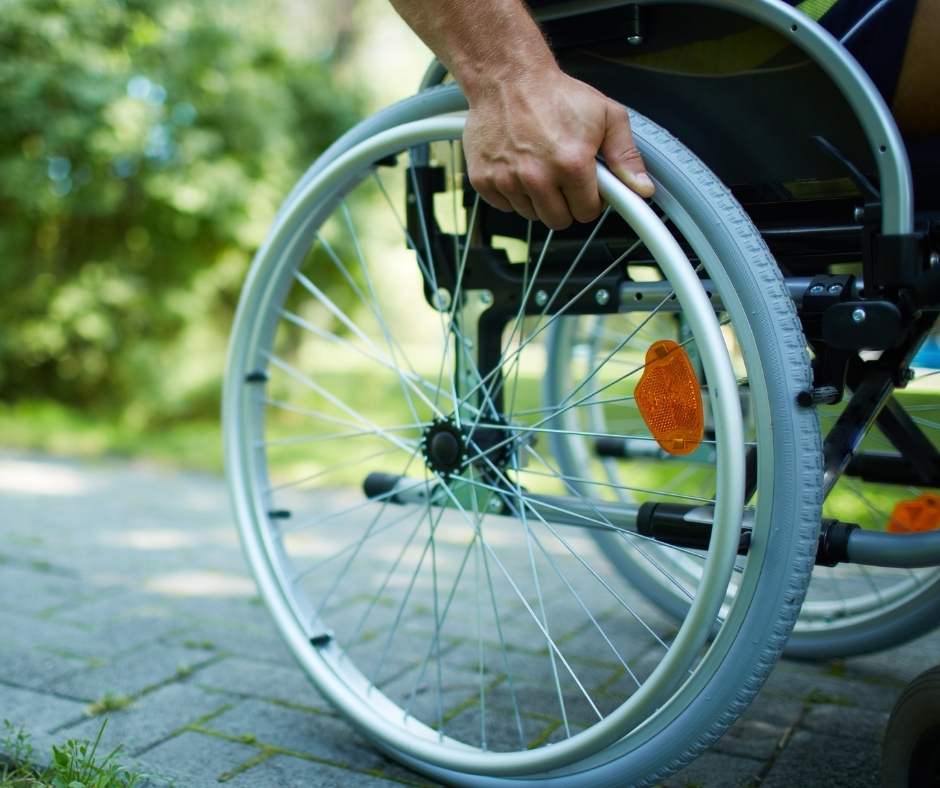Phantom Limb Pain, a type of neuropathic pain, is a very real sensation of pain felt in an amputated limb. This phenomenon is common in patients who have undergone limb amputation, including major lower limb amputation or upper limb amputees. Despite the absence of the limb, the brain and spinal cord may still send and interpret pain signals, leading to this chronic phantom limb pain.
Let’s learn more about Phantom Limb Pain and how to find pain relief.
Overview of Phantom Limb Pain:
Following limb amputation, about 8 in 10 people experience phantom limb pain, which is distinct from residual limb pain – pain in the remaining part of the amputated limb. This condition may occur due to the brain’s and spinal cord’s misinterpretation of nerve messages. The pain is real and can be felt shortly after limb loss or even months later, typically within the first six months. Pain intensity and sensations can vary greatly, ranging from tingling and burning to stabbing or throbbing.
Risk factors contributing to phantom limb pain include changes in temperature, barometric pressure, angina, stress, and even smoking. Patients with phantom limb pain might also experience phantom sensations, a feeling of the presence of the limb that’s no longer there.


Symptoms and Treatment:
Pain after amputation can persist for months or even years, with types of pain including tingling, itching, burning, vice-like, and throbbing sensations. Phantom sensation, the feeling that the limb is still attached, is also common, as is stump pain, felt at the site of the amputation.
Treatment of phantom limb pain involves both medication and non-invasive approaches. Prescribed medicine might include antidepressants and pain relievers. Non-invasive treatments for phantom limb pain, like Spinal Cord Stimulation are available at our office. Mirror therapy, a controlled trial of which has shown promising results, is another treatment approach. This therapy involves using a mirror to reflect the intact limb, creating an illusion that can help alleviate pain.
For those suffering from chronic phantom pain or pain in the residual limb, pain management strategies can be critical. Besides medical treatments, understanding the causes of phantom limb pain, like neuropathic pain and psychological factors, is important for effective management.
If you are experiencing phantom limb pain in amputees or have undergone an amputation of a limb, please do not hesitate to call us. We offer comprehensive care for managing pain, including phantom limb pain, and are dedicated to improving your quality of life.
If you are searching for non-invasive pain treatment for phantom limb pain, please do not hesitate to call us. We would be happy to discuss your options.

Treatment Options
Call us so we can set up an appointment to discuss your options for chronic pain treatment. Dr Henriquez strives to provide an approach for personal and compassionate care.
Learn more about Chronic Pain Treatments
Learn more about Chronic Pain in our blog articles
Visit our Video Library – Learn more about chronic pain and treatments.







